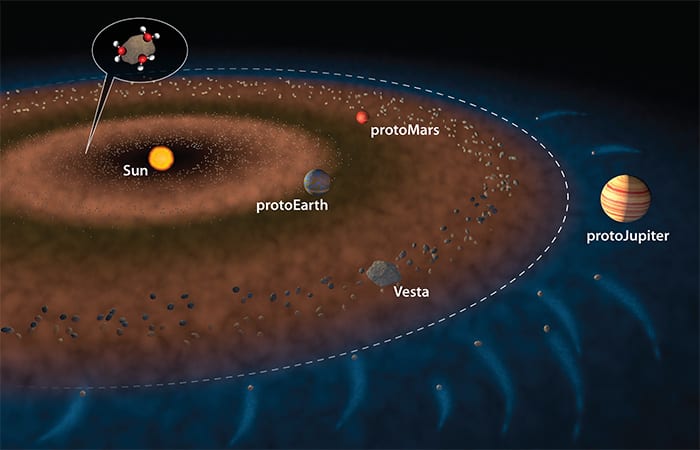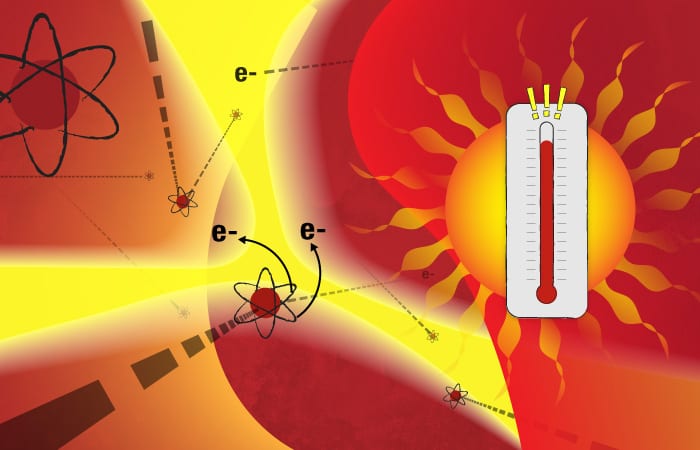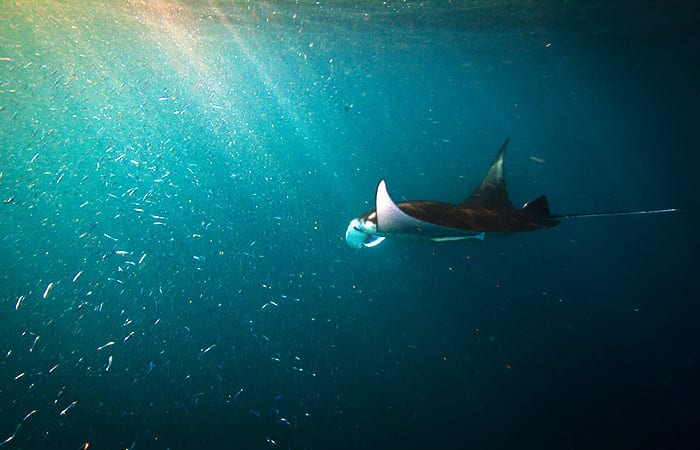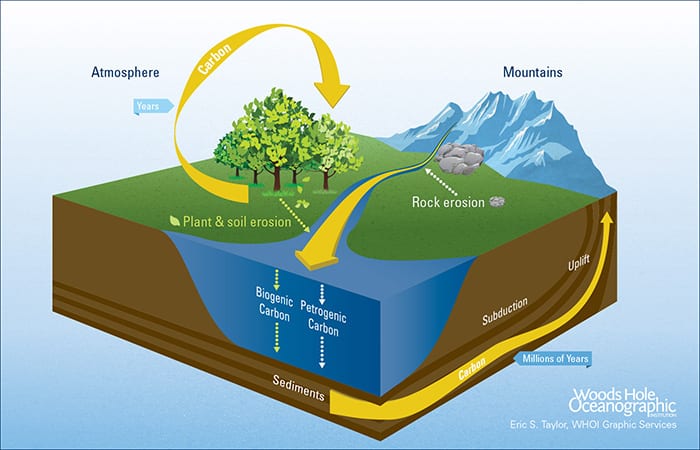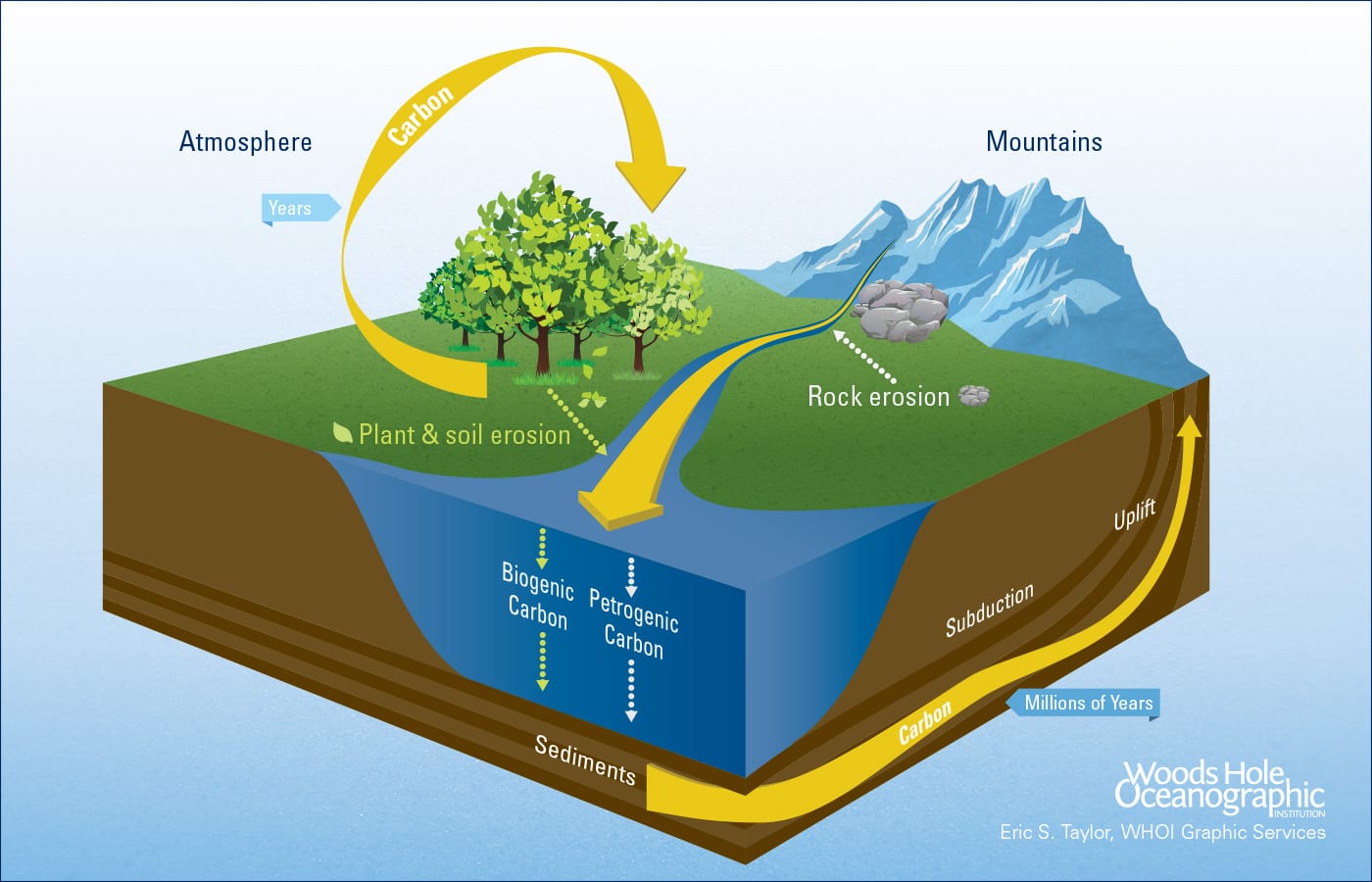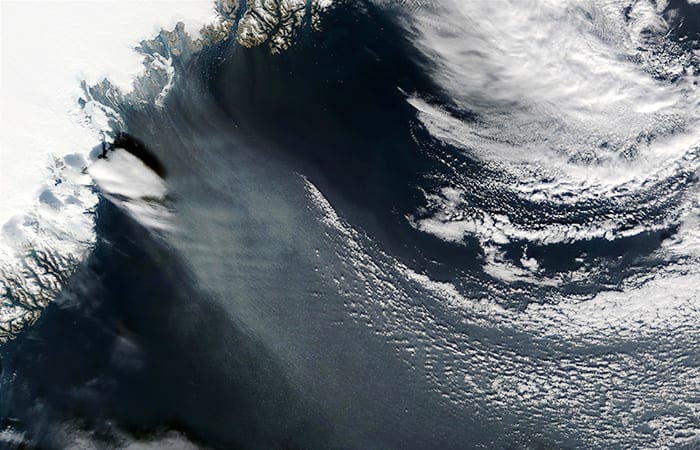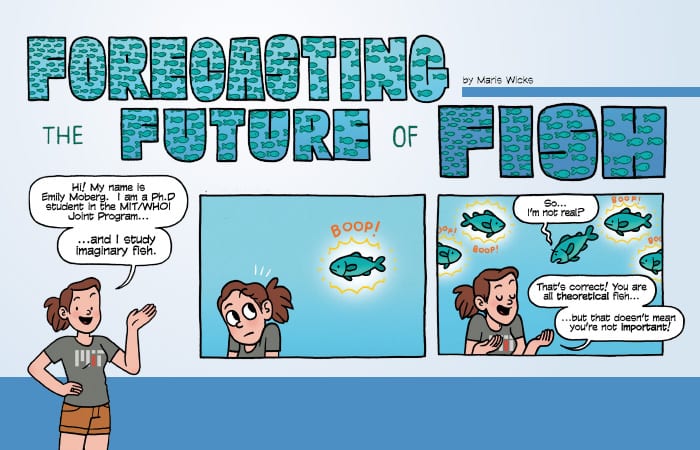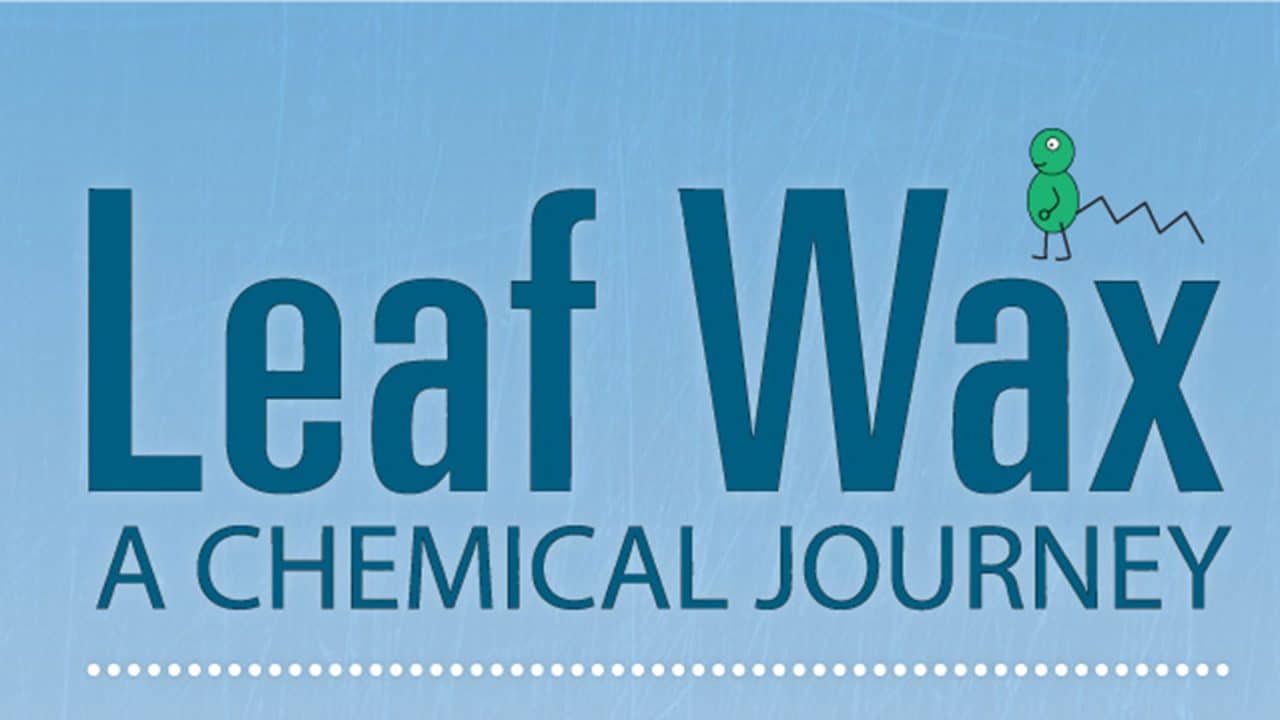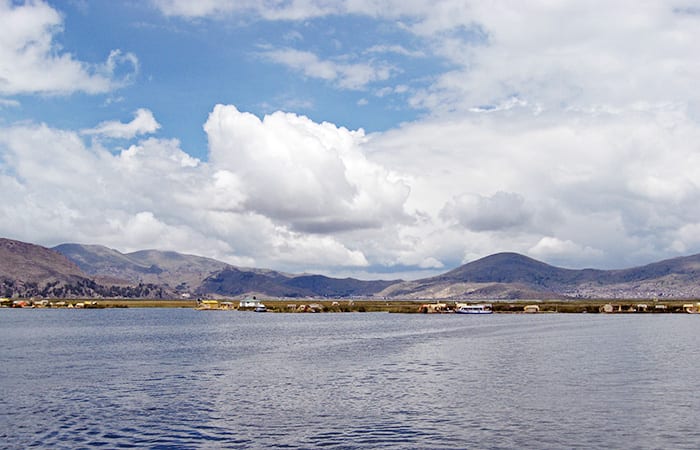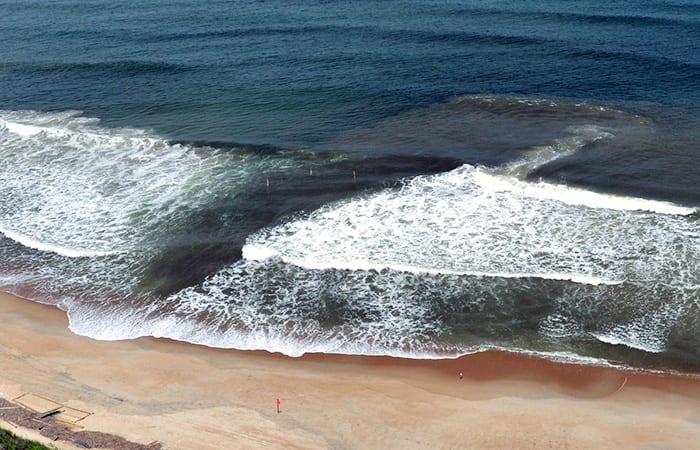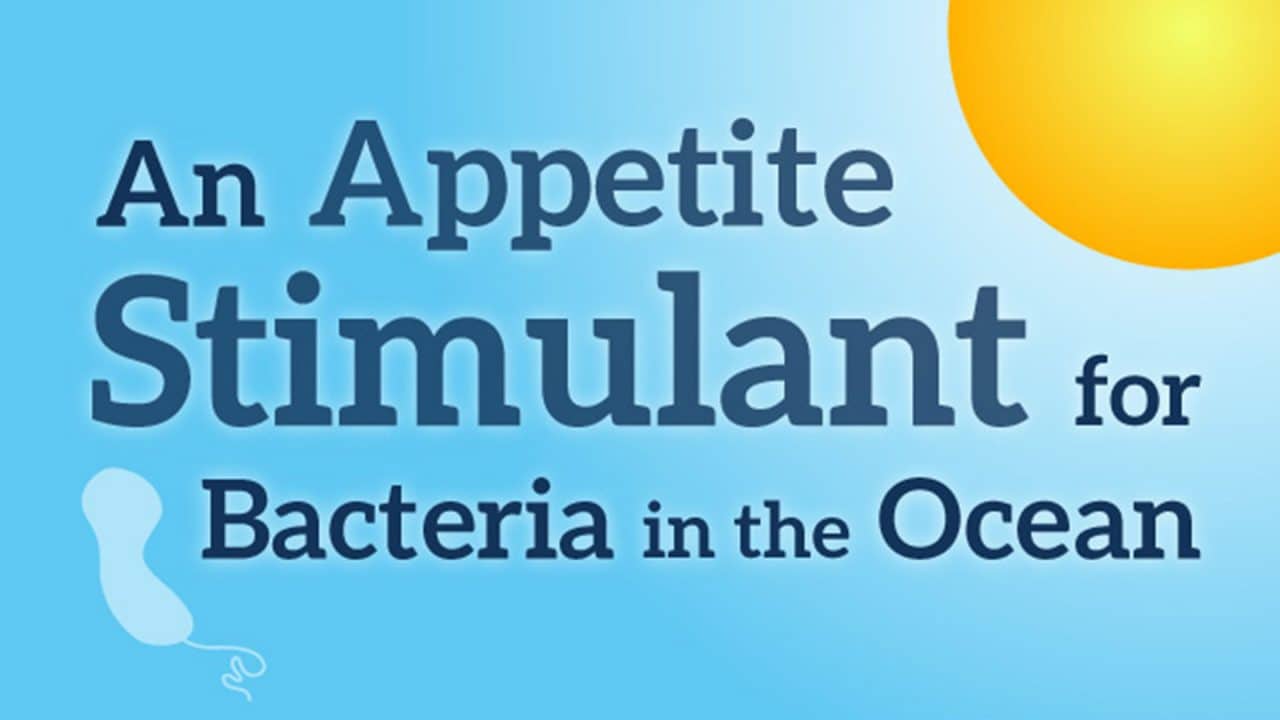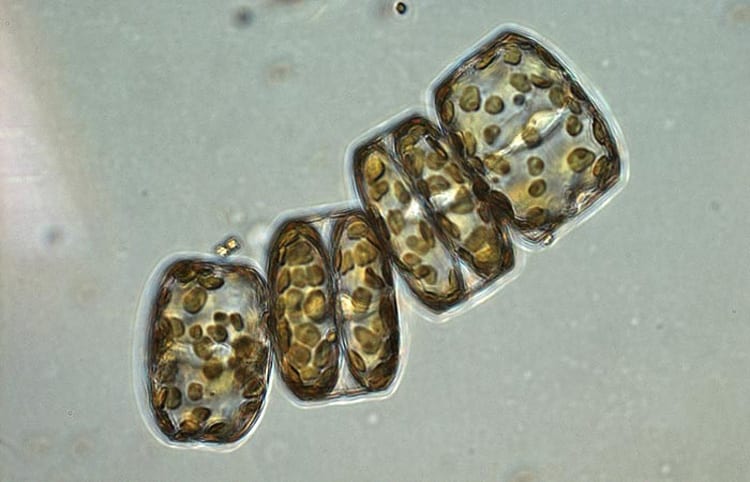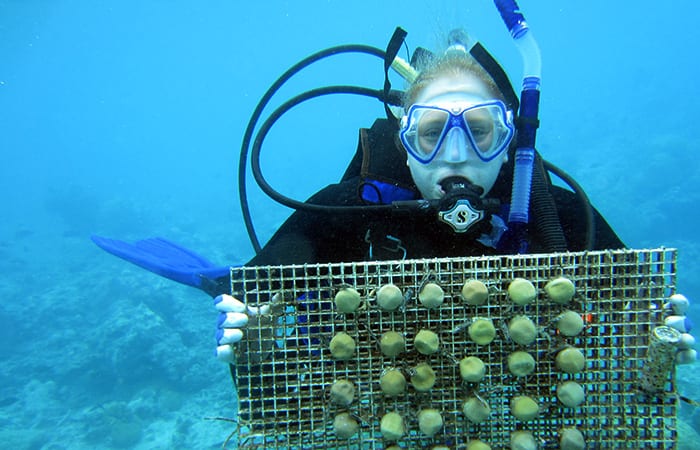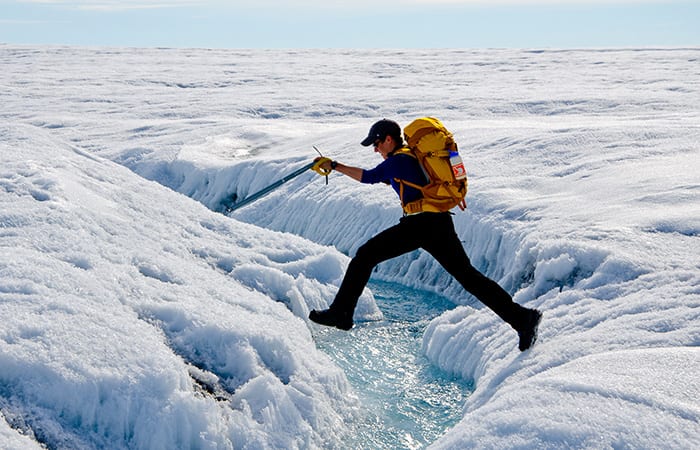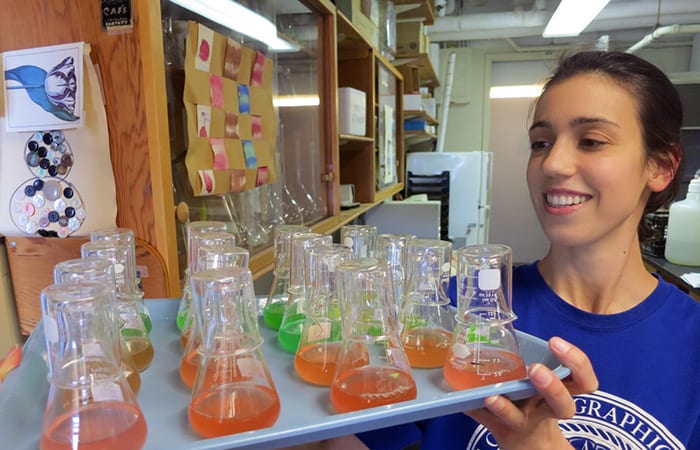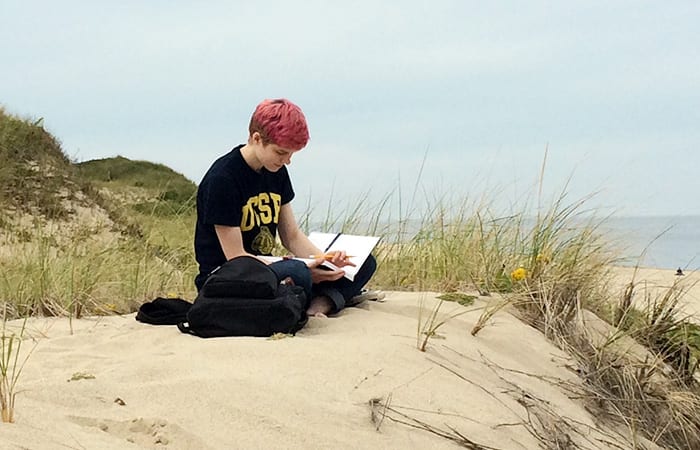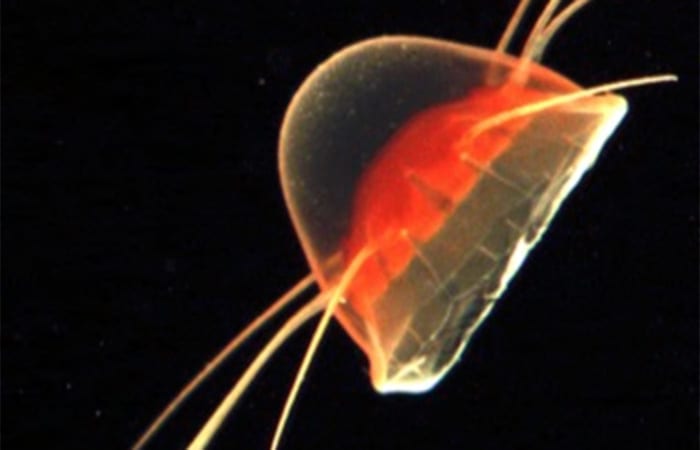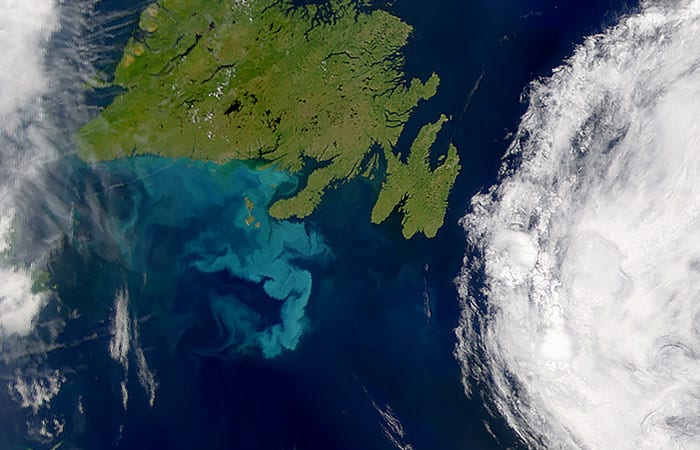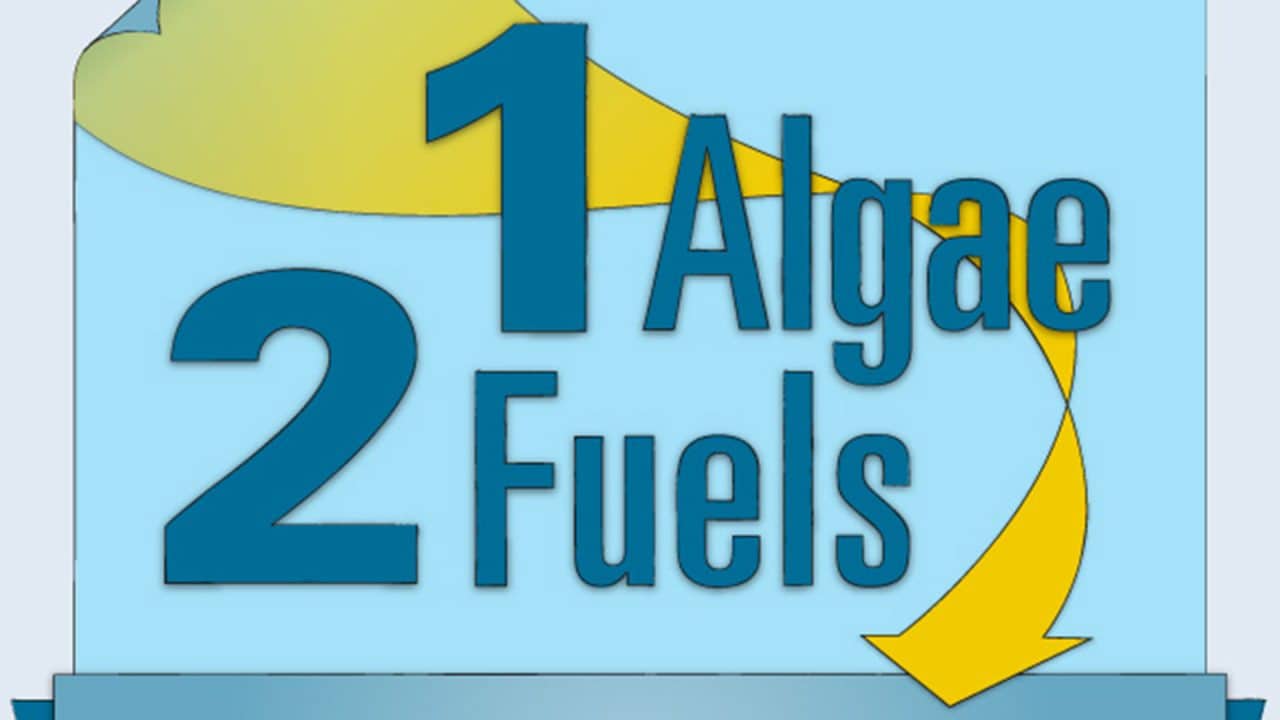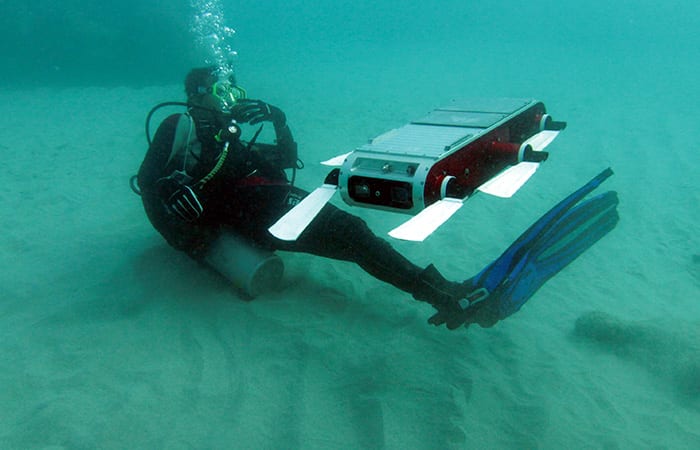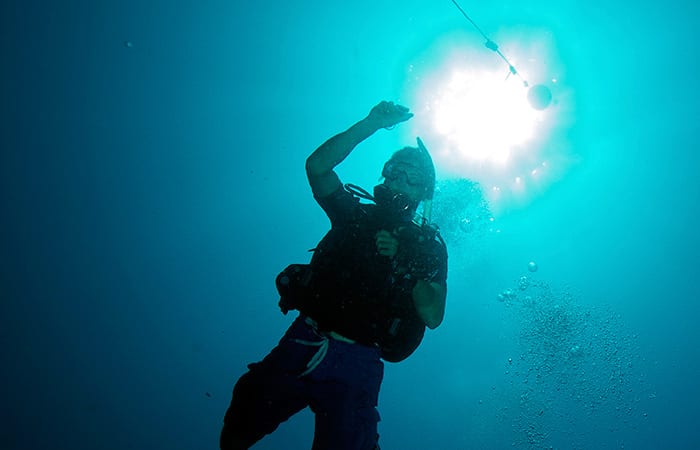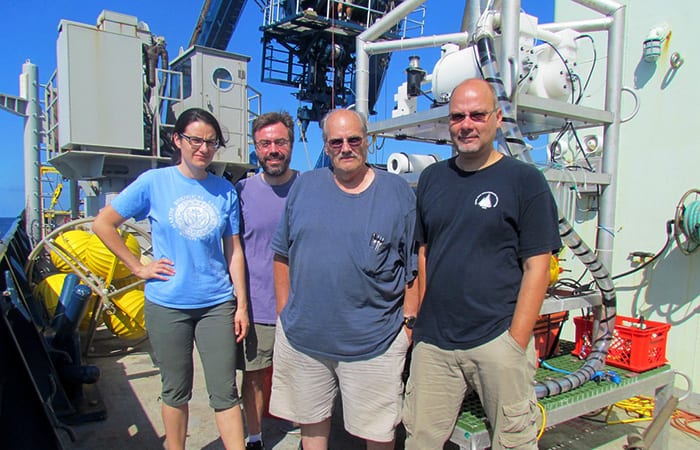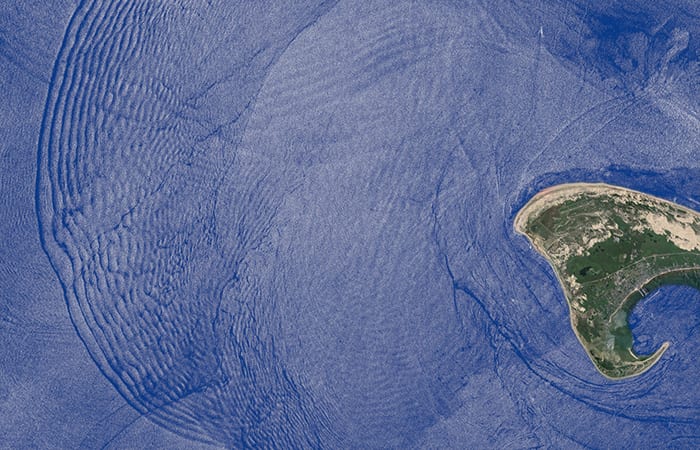Feature
How Did Earth Get Its Ocean?
Adam Sarafian overcame a learning disability and surmounted heights as a an All-American pole-vaulter—all before launching a scientific career that has now allowed him to hurtle across the universe and back through time to the period when Earth was still forming.
Read MoreSpecks in the Spectrometer
Mass spectrometer facilities can be a rite of passage for scientists—as well as for the samples analyzed inside the mass specs.
Read MoreEpiphany Among the Manta Rays
There’s a great need to collect ocean temperature data. And there are millions of scuba divers out there.
Read MoreCarbon Cycle
Carbon is a building block for all life and plays a key role in regulating Earth’s climate. It shuttles throughout the planet in two major cycles.
Read MoreEarth’s Riverine Bloodstream
Like blood in our arteries in our body, water in rivers carry chemical signals that can tell us a lot about how the entire Earth system operates.
Read MoreIce, Wind & Fury
Greenlanders are well away of piteraqs, the hazardous torrents of cold air that sweep down off the ice cap. But scientists are just beginning to unravel how and when piteraqs form.
Read MoreForecasting the Future of Fish
How can we weigh all the interrelated factors involved in managing a critical ocean resource? Oceanus magazine experiments with a graphic article to help explain a complex issue.
Read MoreLeaf Wax: A Chemical Journey
Lake Titicaca in the Andes Mountains of South America is an extraordinary place to explore ancient human civilization, Earth’s climate history, and the flow of carbon through our planet.
Read MoreTracking a Trail of Carbon
Lake Titicaca in the Andes Mountains of South America is an extraordinary place to explore ancient human civilization, Earth’s climate history, and the flow of carbon through our planet.
Read MoreThe Riddle of Rip Currents
Rip currents claim more than 100 lives in the United States each year and are the leading cause of lifeguard rescues. Scientists created a large gash in the seafloor to learn more about their complex dynamics.
Read MoreAn Appetite Stimulant for Bacteria in the Ocean
PUAs kick bacteria’s metabolism and CO2 respiration rates into hyperdrive—ike skinny weightlifters after a steroid shot.
Read MoreShort-circuiting the Biological Pump
The ocean has been sucking up the heat-trapping carbon dioxide (CO2) building up in our atmosphere—with a little help from tiny plankton. Like plants on land, these plankton convert CO2…
Read MoreCoral Crusader
Graduate student Hannah Barkley is on a mission to investigate how warming ocean temperatures, ocean acidification, and other impacts of climate change are affecting corals in an effort to find ways to preserve these vital ocean resources.
Read MoreScientists Find Trigger That Cracks Lakes
Graduate student Laura Stevens became a focal point of a research team that cracked a big mystery atop the Greenland Ice Sheet.
Read MoreA Green Thumb for Ocean Microbes
Anyone who has tried to grow orchids or keep a bonsai tree alive will tell you that cultivating plants is not always simple. My thesis research absolutely depended on cultivating…
Read MoreSand, Seals, and Solitude
In high school, students interested in art or science often diverge into separate fields. For several years now, an art teacher and scientist in Falmouth, Mass., have seeded a modest…
Read MoreA Telescope to Peer into the Vast Ocean
There are more single-celled plankton in the ocean than stars in the universe. A new instrument is about to depart on a mission across the vast Pacific to capture images of what is out there.
Read MoreNew Use for Well-known Algae
A curious chemical compound in certain marine algae has been a godsend for oceanographers, helping them reconstruct past ocean conditions. Now the same compounds also may be useful in a completely different way: to produce jet fuel.
Read MoreOne Algae, Two Fuels
New research shows a way to tap overlooked fats in marine algae to produce compounds used in jet fuel.
Read MoreJet Fuel from Algae?
New research shows a way to tap overlooked fats in marine algae to produce compounds used in jet fuel.
Read MoreA Smarter Undersea Robot
Some say it is lethal to cats. WHOI scientists say it would be a boon for autonomous undersea robots.
Read MoreHidden Battles on the Reefs
A new study led by WHOI scientists shows how changing ocean conditions can combine to intensify erosion of coral reefs.
Read MoreBringing a Lab to the Seafloor
Scientists can’t really know if new oceanographic instruments will really work until they try them in actual conditions in the real ocean. In this case, the rubber hit the road at the bottom of the sea.
Read MoreThe Waves Within the Waves
If the 30-foot wave we were looking for had tumbled across the ocean’s surface that July day, it might have been mistaken for a monstrous rogue wave. But that’s not…
Read More
